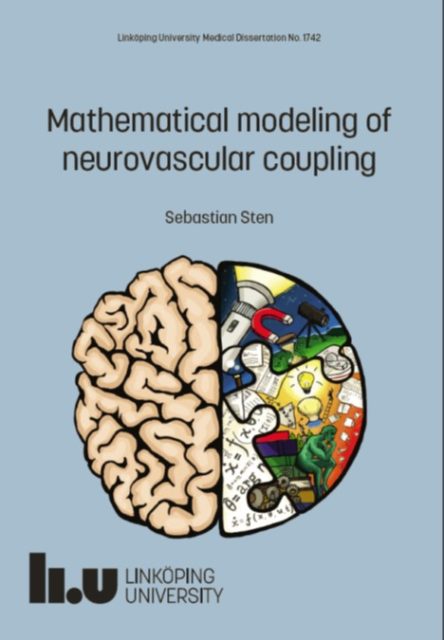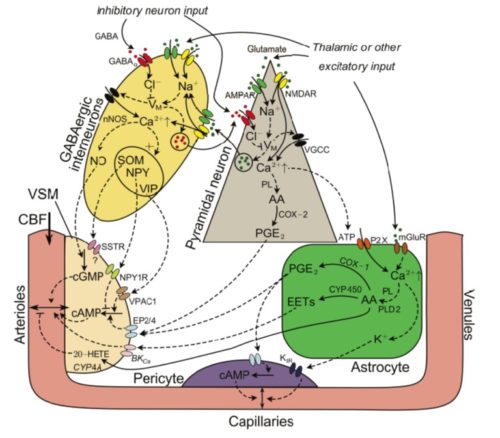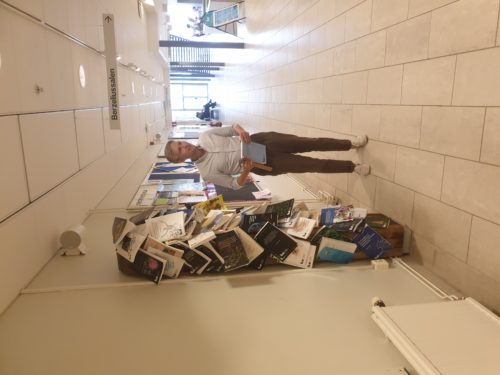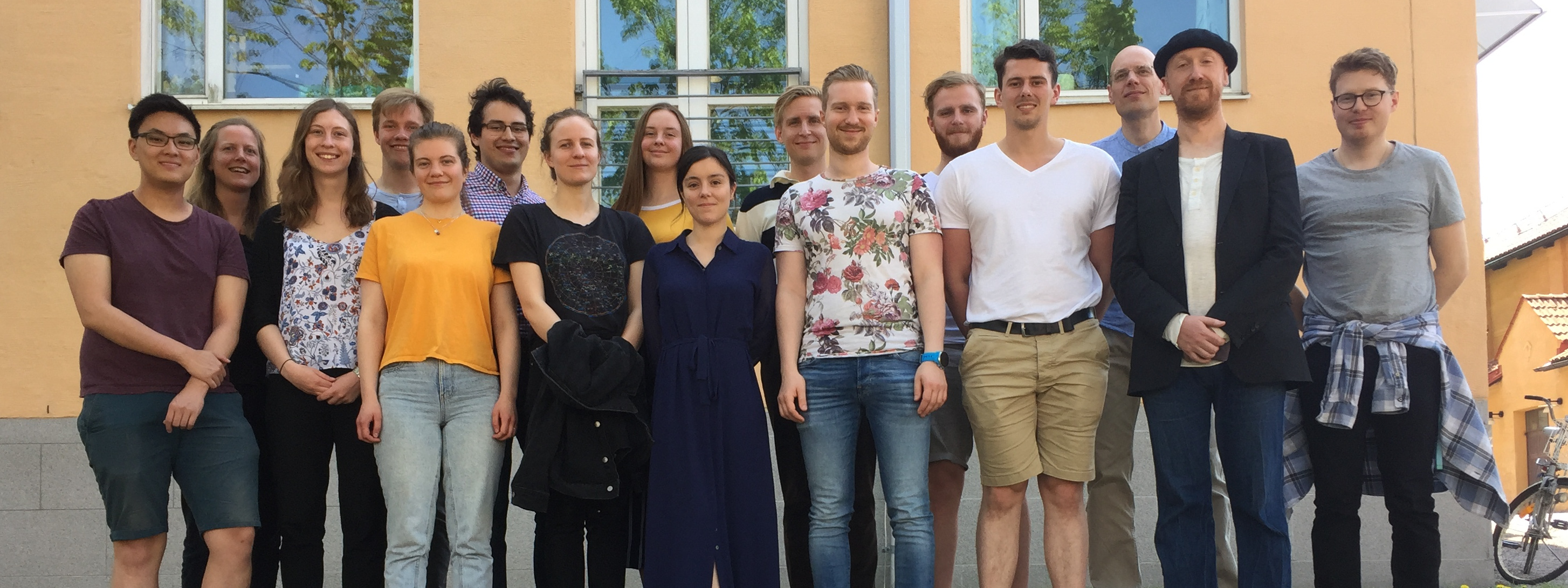https://www.youtube.com/watch?v=OTvhkYVhq5Y&feature=youtu.be
On Friday, this coming week, September 11, 2020, at 9AM CET, our Ph.D. student Sebastian Sten will defend his Ph.D. thesis, entitled “Mathematical modelling of neurovascular coupling”.
Sebastian has been co-supervised between Gunnar Cedersund (who leads this group), Fredrik Elinder (BKV and electrophysiological expert), and Maria Engström (who was the main supervisor, and who is an expert on fMRI). In the thesis, Sebastian presents four papers which incrementally unravels more and more mechanistic details of how the main signal in fMRI – the BOLD signal – is generated. In Paper 1, he demonstrates that the main part of the BOLD signal response can not be caused by a negative feedback, as was first believed, but by a combination of a fast positive and a slow negative feedforward arm. In Paper 2, the model from paper 1 is extended with GABA, which makes it able to describe the negative BOLD response. In Paper 3, he unravels more mechanistic details of the two arms, and finds out that there are in fact at least three arms: the fastest positive is the NO-arm from interneurons, the slightly slower positive arm is the PGE2 arm from pyramidal cells, and the slowest negative arm is caused by NPY interneurons. In the final paper 4 (still in ms), these mechanistic details for the signalling and the control of the arteriolar diameter is embedded in a larger model, which also contains the biomechanical flow to capillariies and venules, and the creation of the actual BOLD signal. The final model is – to the best of our knowledge – the most complete and comprehensive model for the BOLD signal, and it simultaneously describes data and extracts information from informative optogenetic stimulation experiments in mice, from unique BOLD and Local Field Potential (LFP) experiments in monkeys, and from advanced MRI measurements of BOLD, volumes and flows, in humans.

Front page of the thesis, illustration done by our other group member Christian Simonsson, who wanted to capture not only the brain, but that experiments, analysis, and mathematical modelling has come together.

Overview of the main processes studied in the thesis.
After the defense, Sebastian will work for two more weeks, wrapping up the final paper. Thereafter, other people in the group will continue to work on these models, e.g. by connecting them to more detailed models for metabolism, electrophysiology, and – eventually – to clinical practice, e.g. by allowing for more measurements to come together into a more comprehensive and complete analysis of fMRI data. However, Sebastian himself will thereafter start a position at AstraZeneca, in the group we have the most contact with there: their metabolic and cardiovascular preclinical modelling group.
A link to the Ph.D. thesis is found here, and a link to the youtube event where the defense is broadcasted is found here.

Sebastian about to do the final formal step before the actual defense: nailing his thesis to the “thesis tree” of the medical faculty.

